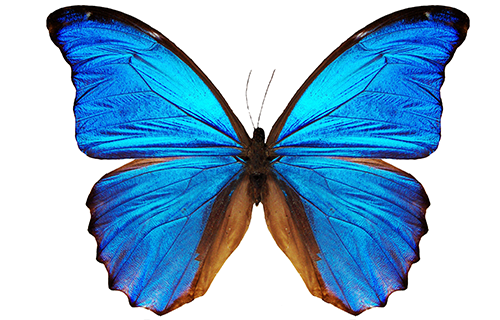Findings from science education research rarely make their way into classroom practice. As I've discussed before on the PLOS Sci-Ed blog, there are a lot of entrenched barriers that continue to separate these efforts. For one, most science education research is still primarily published in journal articles that are often difficult to access -- and always dense, lengthy reads.
After graduating from Duke University cum laude in May 2014, Cathy Wang took a summer internship with the SSEC's Professional Services Division. During her time at Duke, Cathy became interested in the pedagogy behind STEM education In K-8 classrooms while volunteering at Durham Public Schools with the American Red Cross. What follows is the first installment in a blog series detailing Cathy's experiences at the 2014 International K-12 Science Education Institute for Leadership Development and Strategic Planning (SPI).
Halfway through the 2013-2014 school year, two third-grade students approached Atalaya Elementary School principal Diane Katenmeyer-Delgado and asked if they could start a science club. Principal Katenmeyer-Delgado, supported the idea but told the two girls that they needed a teacher to oversee the program. After only a few weeks, the girls had succeeded ... they convinced sixth-grade teacher Ms. Michels to take the lead.
Social media and science education are not two phrases that often intersect. However, here at the Smithsonian Science Education Center we are working on digital initiatives to help provide new types of teacher resources through various social media channels. Since the SSEC's mission is to improve the learning and teaching of science for all students in the United States and throughout the world, going digital is a great way to enhance our print resources and reach more people. Social media platforms can provide teachers a multitude of resources and guides to teach various materials.
In September 2013, the 10th annual meeting of the Inter-American Network of Academies of Sciences (IANAS) was held in Santiago, Chile.
In my freshman-year biology class in college, my professor asked the 120 students in the room to think about how a tree acquires mass as it grows. I was puzzled, having never been asked this question in previous biology classes, and other students felt the same way and didn't know the answer. After allowing us to deliberate for a little while, the professor proceeded to show us a video of Harvard and MIT graduates coming up with the wrong answer to this fundamental question about photosynthesis.
